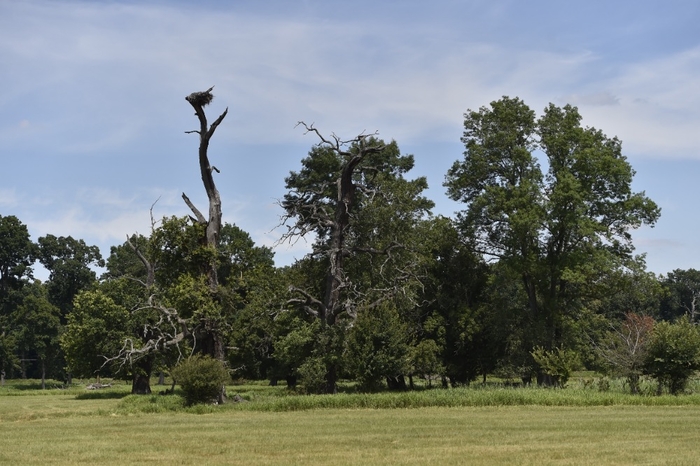The Soutok Game Reserve in South Moravia is an area with great potential that is not being utilised. Local protection of floodplain forests still lacks a focused plan for use and development of the area, according to an expert from Mendel University. Photo Credit: Mendel University
Brno, 11 May (BD) – The government’s idea was to declare a national park in the Křivoklátsko region, at the confluence of the Dyje and Moravian rivers. According to Tomáš Vrška of Mendel University, this is not an ideal solution. He would instead propose a single larger area, more suitable for declaring a protected landscape zone, which would include the protected areas and also allow environment-friendly and targeted agriculture.
Soutok’s environment of alluvial forests is unique in Central Europe, and at the same time, the most valuable oak wood in the Czech Republic is extracted here. According to Vrška, who has been studying the area for a long time, the government does not yet have the necessary data to correctly decide which part of the territory to protect and which to keep as wilderness.
In addition, it is necessary to address the protection of local nature as soon as possible, because the Czech Republic is committed to the preservation of such areas, especially now when unique natural phenomena are slowly disappearing or are subject to irreversible environmental changes.
“In the past, there was no willingness to define experimental areas for restoration management and nothing was tried, so instead of expert decisions, the choice was made by those who had more decision-making power,” said Vrška, who heads the company that manages Mendel University’s forests. “In my opinion, it would be ideal for the state to declare a protected landscape area, because in this way it would become a place for agriculture, and it will be possible to leave unchanged a part of the area for interventions that will lead to the protection of selected species. And the administration will be simple.”
In Soutok, where all the land belongs to the Czech Forests company, there are still only two small national nature reserves with alluvial forests, and the rest is unprotected. According to the scientists, practical experiments on site will lead to an objective assessment of where nature should be left to development and which areas are appropriate for intervening in nature to ensure conditions for important natural phenomena that the Czech Republic is committed to protecting. The rest would remain areas for economic use, especially oak woodlands.
The confluence covers more than 4,000 hectares, and 15 years ago the state failed to move forward with one project because of the resistance from municipalities to the establishment of a protected landscape area. The current government has opted for a national park. Even earlier, paradoxically, it wanted to declare the territory a national natural monument, which is a designation for small areas. Vrška attributes this to the continuing lack of the concept of territorial protection.
Protecting nature there is not easy, because only a small part is left to spontaneous development and many natural phenomena are related to the bright forest and meadows that have been created and maintained for decades by human activity. Large birds of prey, white storks and also large species of insects live here. According to Vrška, the territory is an area where too many interests and points of view clash and the state is a weak actor that cannot intervene on how to take care of the area.







